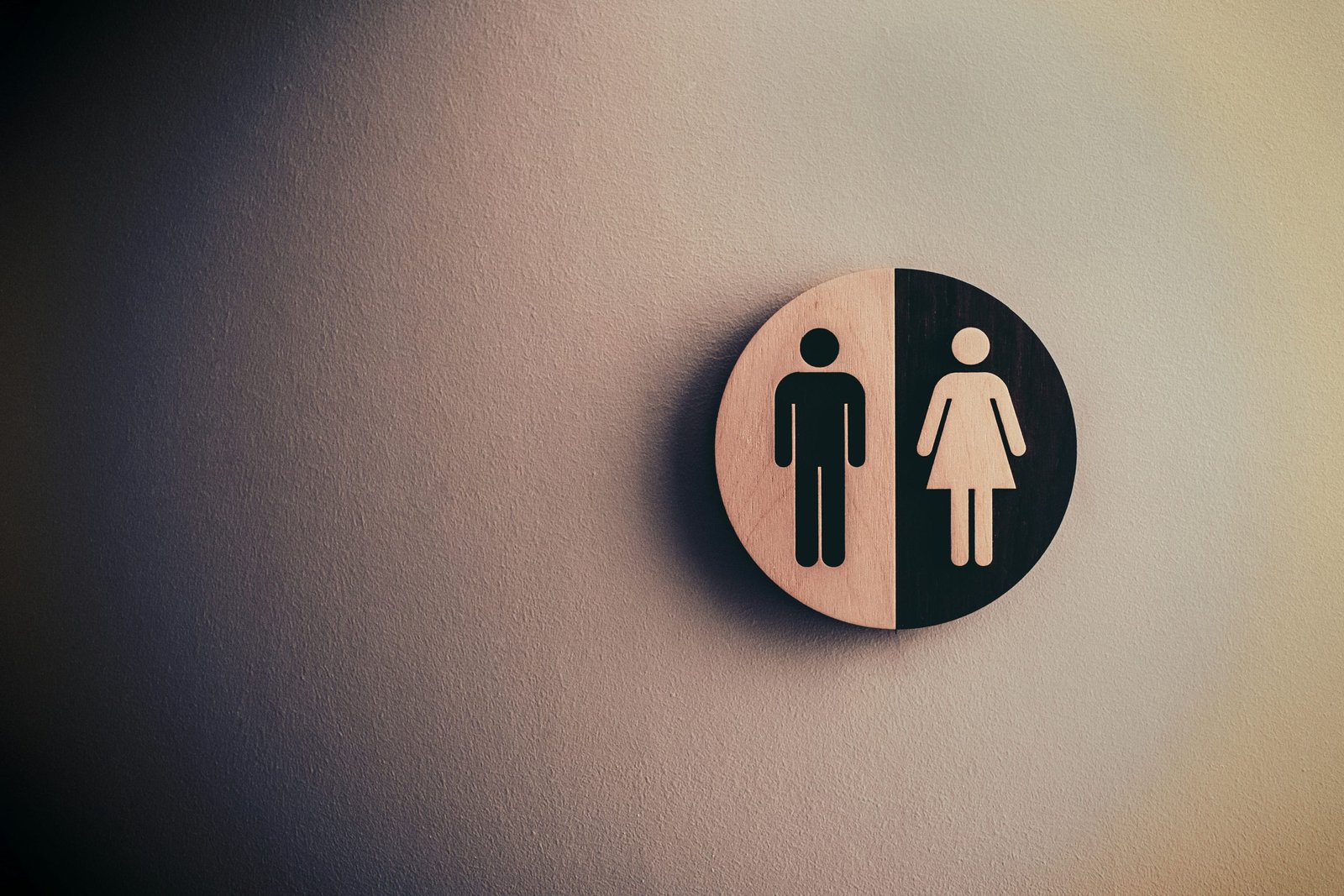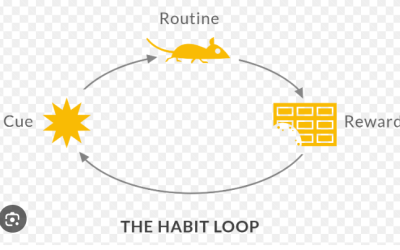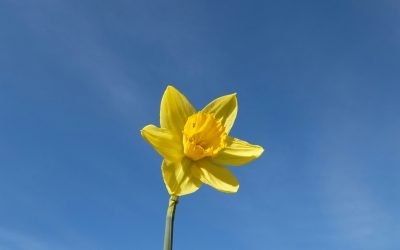God being a man, kings being men, rulers global and local being men, learned men, religious men.
‘Those who tell the stories rule the world’.
And the story that’s been going around for a very long time, is that the natural order of things is that men have always been in charge. And that women have been in the supporting role, as obedient daughters, helpful and communal in temperament, becoming loyal and devoted wives and mothers. Strongly implied in this story is that gender was also this clearly delineated. Boys and men were adventurous, ambitious, natural leaders, strong and brave and agentic. Girls and women were kind and good and caring and communal, devoted to their family.
And yet, it seems too neat and simplistic, doesn’t it? The present is anything but neat, linear and simplistic. Why would we assume that our past has been?
This is what Angela Saini’s book, The Patriarch’s , explores, the roots of patriarchy and binary gendered stereotypes, uncovering as she investigates anything but a simplistic storyline of human evolution. From prehistory to the present, the truth of our societies and how they have been organised is far more interesting and complex, with matrilineal and gender blind societies existing long, long ago.
Saini takes us on a trip through time from prehistory to today, uncovering for us the old narratives and what they can tell us about societies and how they functioned.
In the ruins of Catalhoyuk, an ancient city dating back from at least 7,400 BCE, we meet the figurine of the Seated Woman of Catalhoyuk, whose proud upright posture and pose in command of what appear to be two large cats, have experts transfixed. In a society that would have been preoccupied with animals and hunting, her posture seems authoritative.
We visit the small town of Seneca Falls in upstate New York, where in the 1600s, indigenous tribes were matrilineal and matrilocal. It is an example of a wider trend back then of native american tribes who were remarkably egalitarian, where women could own and manage property, be in powerful leadership positions, and be physically strong. Kerala in India was another powerful example of a matrilineal, matrilocal society. In both examples, things began to change, and become more restrictively patriarchal and less egalitarian when the colonisers came and brought with them their fixed narrative of how a society should and must be.
There are examples throughout history of women being warriors and kings.
And yet, too often, our modern stereotypes can get in the way, even of hard archeological data. When researchers at the site of ruins of ancient Mesopotamia found women’s graves where the women appeared to have been buried like kings, with royal objects or weapons, they were more willing to accept that the data was wrong, than admit that their gendered stereotypes around ‘woman’ and ‘king’ might not fit in this time in history.
‘Gender is the foundation of patriarchy’, states one expert. Gender is a categorisation, and it perpetuates stereotypes. Dividing people into groups can very quickly become laden with social significance. I know that in my own work on unconscious bias, this rings true for other categorisations that we create too ; race, age, sexual orientation, religion, and so on. Categorising creates essential traits in groups and not only does that create clear dividing lines between people, but it also causes us to quickly jump to assumptions about people.
What the book does really well is that it reserves judgement and drawing conclusions at every point. It’s no surprise that the author is a science journalist, for she clearly thinks like a scientist throughout. She tests hypotheses, continually questioning, keen to point out that even the conclusions of the experts deserve further probing. There’s no simplistic storytelling here. It is a complex, non – linear tale. Which of course makes perfect sense, because humans are complex, and the human story has been anything but linear.
The Patriarch’s fascinating read. Many moons ago, I started my professional career as an English and History teacher. History, the story of us, is the most interesting and gripping story you will ever read. But not only is it fascinating, it helps us uncover and explore so that we can see where we came from, to make sense of where we are. And only then, I believe, can we make the best choices and decisions for who to be and how to move forward.
If you would rather listen to a podcast than read the whole book, Saini is the guest on the excellent Now and Men podcast.



